Rafia Inam
Ericsson Research AI
Explainable Reinforcement Learning via Temporal Policy Decomposition
Jan 07, 2025



Abstract:We investigate the explainability of Reinforcement Learning (RL) policies from a temporal perspective, focusing on the sequence of future outcomes associated with individual actions. In RL, value functions compress information about rewards collected across multiple trajectories and over an infinite horizon, allowing a compact form of knowledge representation. However, this compression obscures the temporal details inherent in sequential decision-making, presenting a key challenge for interpretability. We present Temporal Policy Decomposition (TPD), a novel explainability approach that explains individual RL actions in terms of their Expected Future Outcome (EFO). These explanations decompose generalized value functions into a sequence of EFOs, one for each time step up to a prediction horizon of interest, revealing insights into when specific outcomes are expected to occur. We leverage fixed-horizon temporal difference learning to devise an off-policy method for learning EFOs for both optimal and suboptimal actions, enabling contrastive explanations consisting of EFOs for different state-action pairs. Our experiments demonstrate that TPD generates accurate explanations that (i) clarify the policy's future strategy and anticipated trajectory for a given action and (ii) improve understanding of the reward composition, facilitating fine-tuning of the reward function to align with human expectations.
Model Compression for Resource-Constrained Mobile Robots
Jul 20, 2022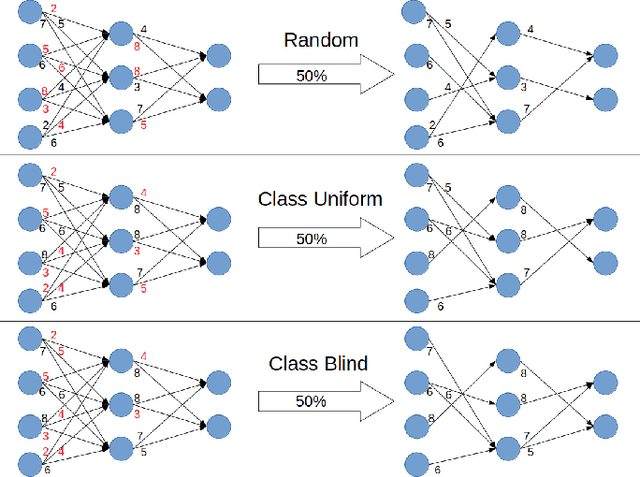



Abstract:The number of mobile robots with constrained computing resources that need to execute complex machine learning models has been increasing during the past decade. Commonly, these robots rely on edge infrastructure accessible over wireless communication to execute heavy computational complex tasks. However, the edge might become unavailable and, consequently, oblige the execution of the tasks on the robot. This work focuses on making it possible to execute the tasks on the robots by reducing the complexity and the total number of parameters of pre-trained computer vision models. This is achieved by using model compression techniques such as Pruning and Knowledge Distillation. These compression techniques have strong theoretical and practical foundations, but their combined usage has not been widely explored in the literature. Therefore, this work especially focuses on investigating the effects of combining these two compression techniques. The results of this work reveal that up to 90% of the total number of parameters of a computer vision model can be removed without any considerable reduction in the model's accuracy.
* In Proceedings AREA 2022, arXiv:2207.09058
A Comprehensive Study on Artificial Intelligence Algorithms to Implement Safety Using Communication Technologies
May 17, 2022



Abstract:The recent development of artificial intelligence (AI) has increased the interest of researchers and practitioners towards applying its techniques into multiple domains like automotive, health care and air space to achieve automation. Combined to these applications, the attempt to use AI techniques into carrying out safety issues is momentarily at a progressive state. As AI problems are getting even more complex, large processing power is demanded for safety-critical systems to fulfill real-time requirements. These challenges can be solved through edge or cloud computing, which makes the communication an integral part of the solution. This study aims at providing a comprehensive picture of the state of the art AI based safety solutions that uses different communication technologies in diverse application domains. To achieve this, a systematic mapping study is conducted and 565 relevant papers are shortlisted through a multistage selection process, which are then analyzed according to a systematically defined classification framework. The results of the study are based on these main objectives: to clarify current research gaps in the field, to identify the possibility of increased usage of cellular communication in multiple domains, to identify the mostly used AI algorithms and to summarize the emerging future research trends on the topic. The results demonstrate that automotive domain is the one applying AI and communication the most to implement safety and the most used AI in this domain is neural networks, clustering and computer vision; applying cellular communication to automotive domain is highest; the use of non-cellular communication technologies is dominant however a clear trend of a rapid increase in the use of cellular communication is observed specially from 2020 with the roll-out of 5G technology.
A Framework for Knowledge Management and Automated Reasoning Applied on Intelligent Transport Systems
Jan 11, 2017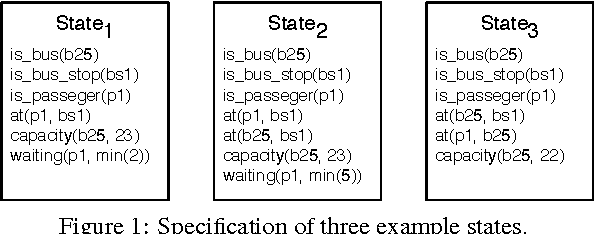
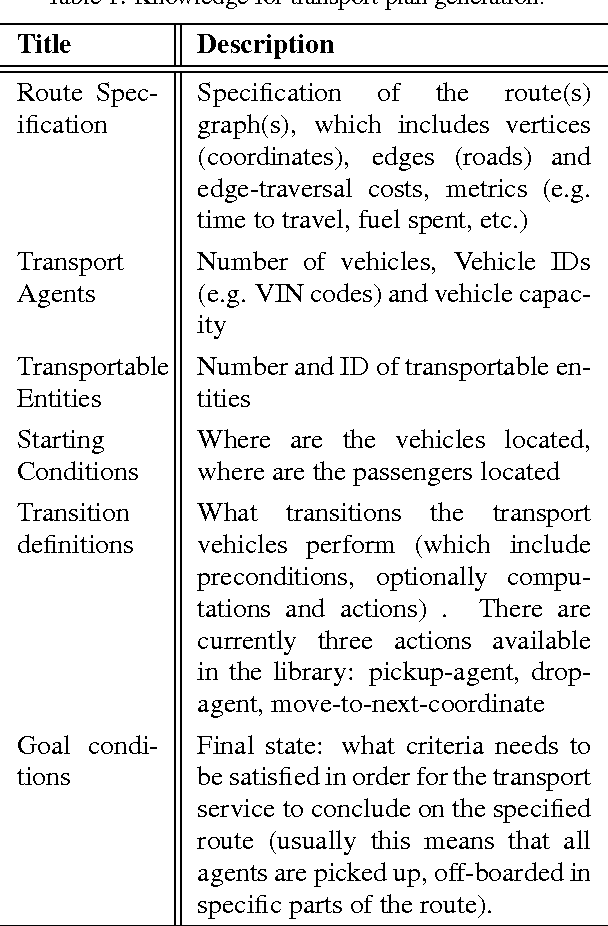
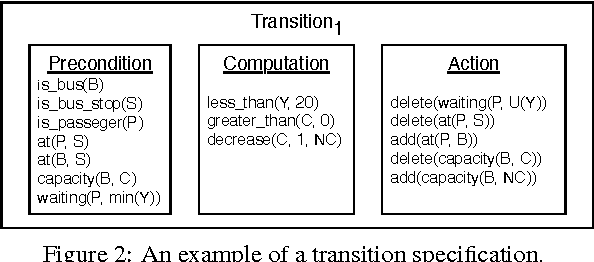
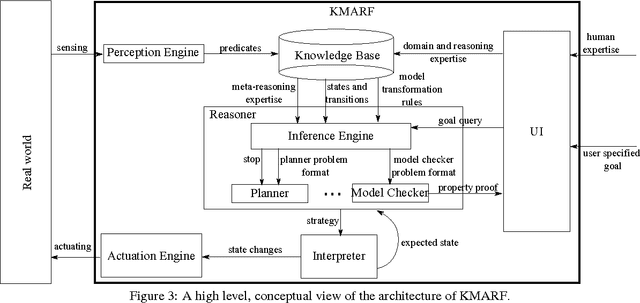
Abstract:Cyber-Physical Systems in general, and Intelligent Transport Systems (ITS) in particular use heterogeneous data sources combined with problem solving expertise in order to make critical decisions that may lead to some form of actions e.g., driver notifications, change of traffic light signals and braking to prevent an accident. Currently, a major part of the decision process is done by human domain experts, which is time-consuming, tedious and error-prone. Additionally, due to the intrinsic nature of knowledge possession this decision process cannot be easily replicated or reused. Therefore, there is a need for automating the reasoning processes by providing computational systems a formal representation of the domain knowledge and a set of methods to process that knowledge. In this paper, we propose a knowledge model that can be used to express both declarative knowledge about the systems' components, their relations and their current state, as well as procedural knowledge representing possible system behavior. In addition, we introduce a framework for knowledge management and automated reasoning (KMARF). The idea behind KMARF is to automatically select an appropriate problem solver based on formalized reasoning expertise in the knowledge base, and convert a problem definition to the corresponding format. This approach automates reasoning, thus reducing operational costs, and enables reusability of knowledge and methods across different domains. We illustrate the approach on a transportation planning use case.
 Add to Chrome
Add to Chrome Add to Firefox
Add to Firefox Add to Edge
Add to Edge